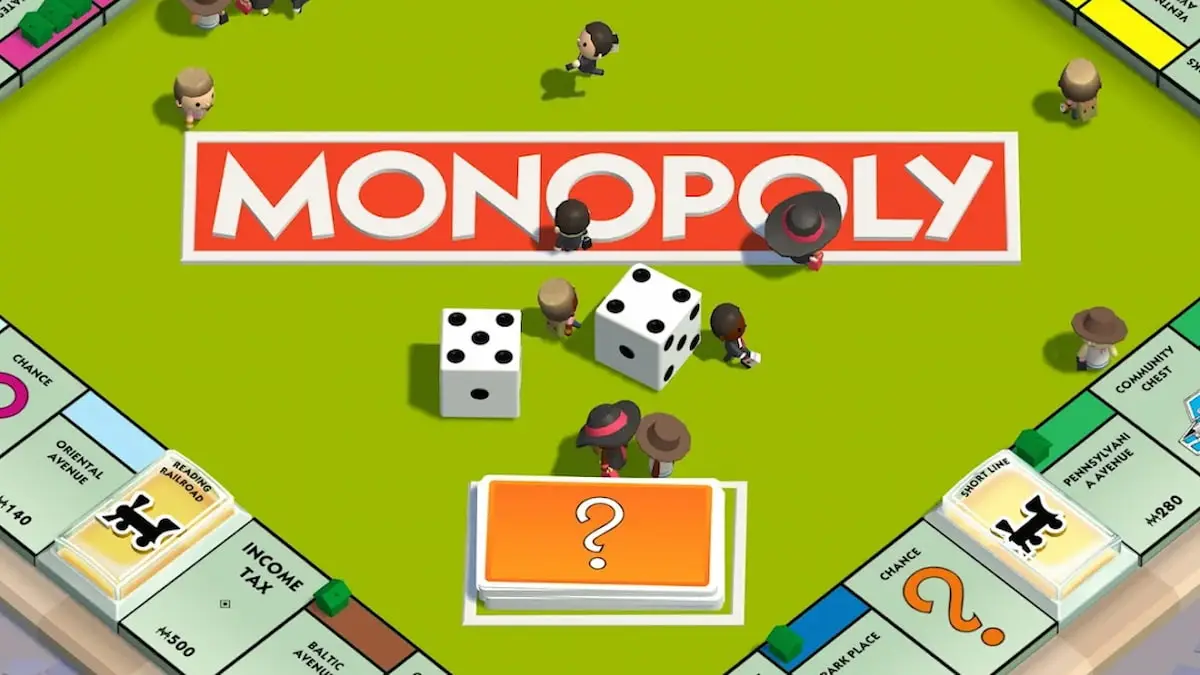In The Texas Chainsaw Massacre, players can either be a Victim that needs to escape from the slaughterhouse or one of the Family, who must execute all the Victims before they can get away. Either side you end up on, a big part of The Texas Chainsaw Massacre is paying attention to sound and proximity cues, as they can help you towards your objective. So, how does proximity and sound work in Texas Chainsaw Massacre?
The Texas Chainsaw Massacre: Sound and proximity cues explained
Being hyper aware of your surroundings, in both visual and audio terms, is the key to success in The Texas Chainsaw Massacre. To help you stay on top of it, the game features some sound and proximity cues to help you out, so listen up.
How do proximity cues work in The Texas Chainsaw Massacre?
As a Victim player, if you suddenly see a yellow hue appear around the edges of your screen, that means a Family member is nearby. Hide immediately, or get out of the area entirely before you are seen.

The yellow border grows in size the closer the Family member is to you. If the Family has you in their sights, a film grain effect appears in addition to the yellow indicator—that’s your cue to high-tail it out of there! You can read more details about the yellow indicator in our other guide.
The Family members do not get any kind of visual cue to indicate that there is a Victim nearby, so they must rely on their own senses and audio cues, as we’ll explain below.
Related | How to Use Bone Scraps in Texas Chainsaw Massacre
How do sound cues work in The Texas Chainsaw Massacre?
In general, most items and objects that Victims can interact with require a skill check to complete, whether it’s searching through a toolbox or picking a locked gate. Victim players must press the correct button displayed to increase the meter—when the main meter is full, the skill check is complete.
However, take note of the sound meter to the side of the main meter. Every time you press the button, the sound meter increases. The amount of sound generated depends on the object you are interacting with; for example, lifting a heavy metal gate makes lots of noise.

If you press the button too much in a short period of time and fill up the sound meter, you’ll make a very loud noise, indicated by a red soundwave icon. This icon can be seen by both Victims and Families no matter where they are on the map, effectively giving away your position. Wait a bit in between presses to let the sound meter drop, if you can do so safely.
You do not want to rush things if you are a Victim. Take your time, and move through the house slowly, as running too much can generate a lot of noise. There are also traps scattered about that make tons of noise if you happen to run through them. Even simple actions such as opening a door quickly makes a lot of noise, so unless you’re already being chased, stay quiet!
As a Family player, you’ll want to keep an eye and ear out for these red sound wave icons. If you’re having trouble tracking down the Victims, be sure to keep your head on a swivel, as the Victims are bound to mess something up at some point.







Published: Aug 18, 2023 08:03 pm